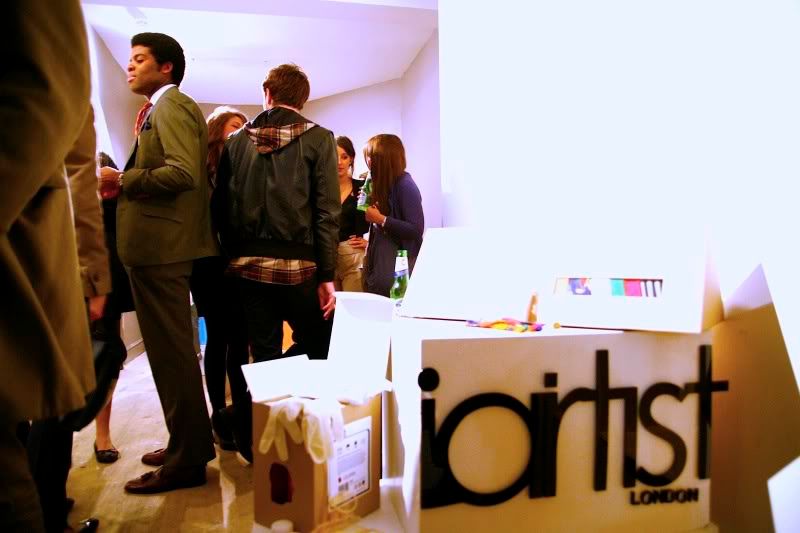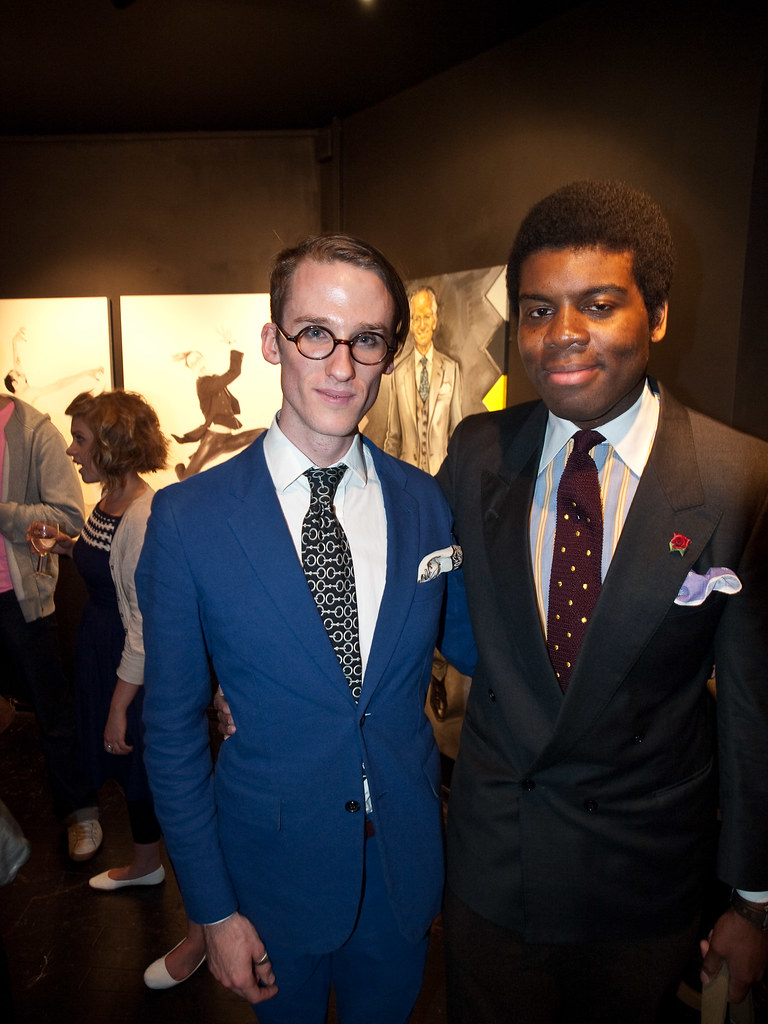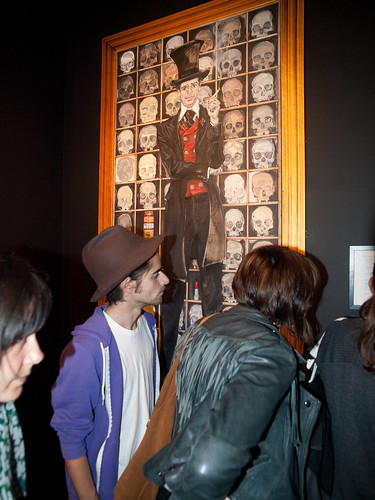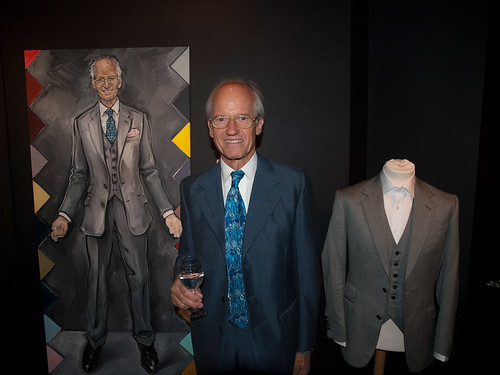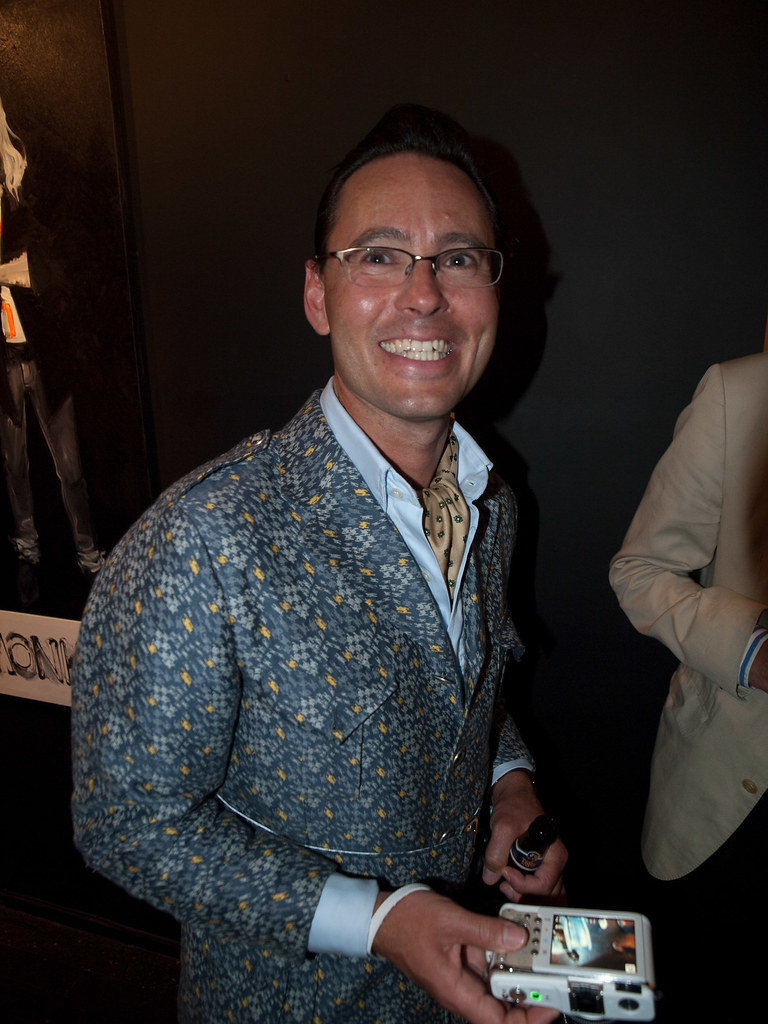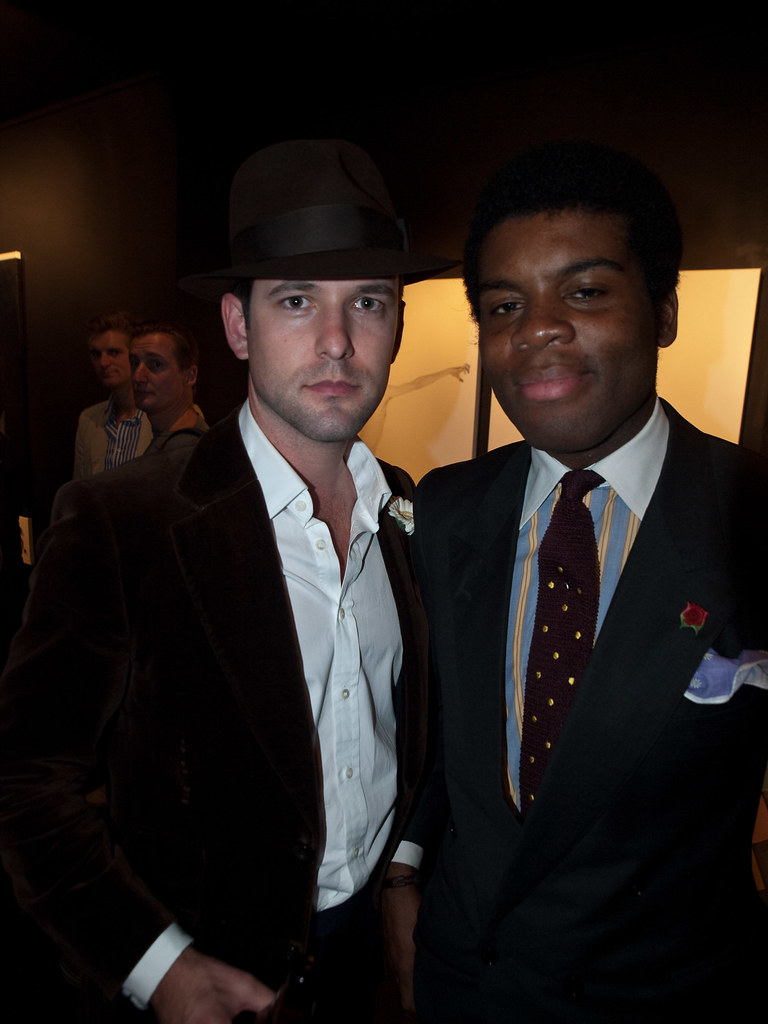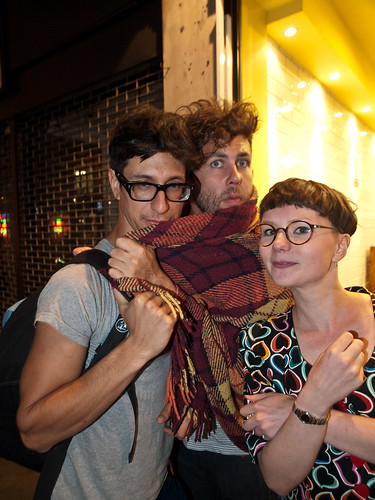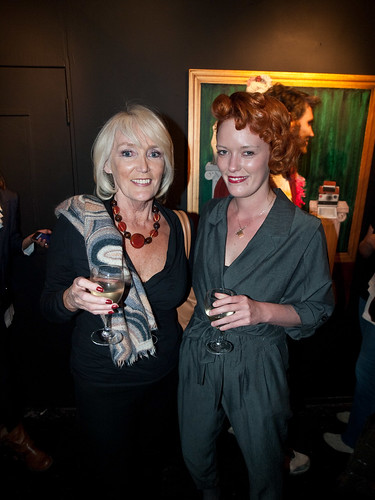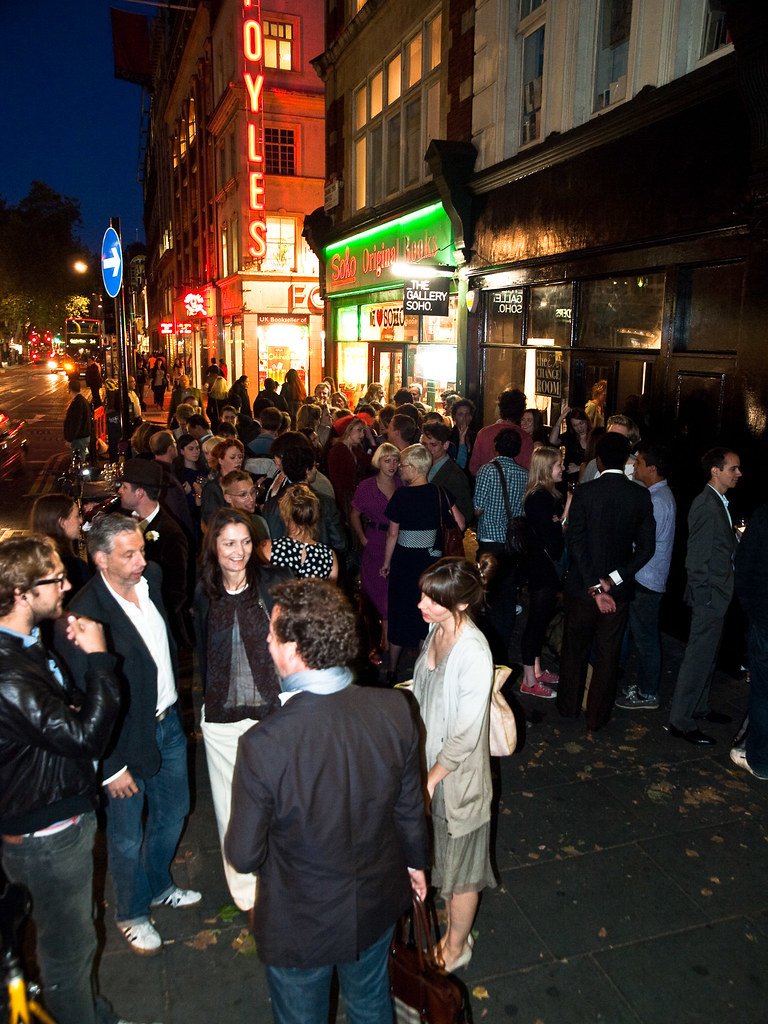The Metropolitan Museum of Art's Flapper Room
Another negative regarding my lack of a New York City residence is revealed to me:
... Two outstanding examples of high-fashion exhibitions, mounted collaboratively, can be seen at major New York museums in different boroughs. “American Woman: Fashioning a National Identity” is the annual, widely anticipated extravaganza of the Costume Institute at the Metropolitan Museum of Art... “American Woman,” which has been organized by Andrew Bolton, curator of the Costume Institute, benefits from, and celebrates, the exponential expansion of the institute’s holdings in one fell swoop in January 2009. That was when the Met took over the care and storage of a larger, older collection of fashion belonging to the Brooklyn Museum, which could not afford to maintain it.
On its side, the Brooklyn Museum has assembled “American High Style: Fashioning a National Collection” as a form of proud semi-farewell — semi because the transfer agreement allows the museum to borrow back works from its former collection. The show, composed entirely of pieces from the Brooklyn collection, is rife with what are justifiably being called “masterworks,” which have not been exhibited for decades, if ever. The collection includes deep holdings (even drawings) of genuine geniuses like the French shoe designer Steven Arpad and especially the inimitable Charles James, whose astounding “Diamond” evening dress is one of the show’s high points. But it is also rich in accessories, idiosyncrasies and objects steeped in history.
A friend tells me that James - whose innovative sculptural couture would bestow upon him an iconic stature in any decade - was believed to prefer teenage boys over women as fit models due to "too much 'hip'" - a practical consideration not unbelievable for a man who revolved each facet of a detail around in his psyche to the point of monomania and is noted for a large expenditure on a single sleeve
Given that I've only ever viewed one or two garments at the V&A, I'm certain that the appearance of his other works in the Brooklyn Museum's show would impel a gleeful edification on my part were I in the neighbourhood. James evidently understood that an Aesthetic is at its most attractive when there is artistry, care and thought on the parts of the creator and the wearer. Just look at the complex simplicity of his "Diamond" dress, included in the article's slideshow
History to be swathed in







